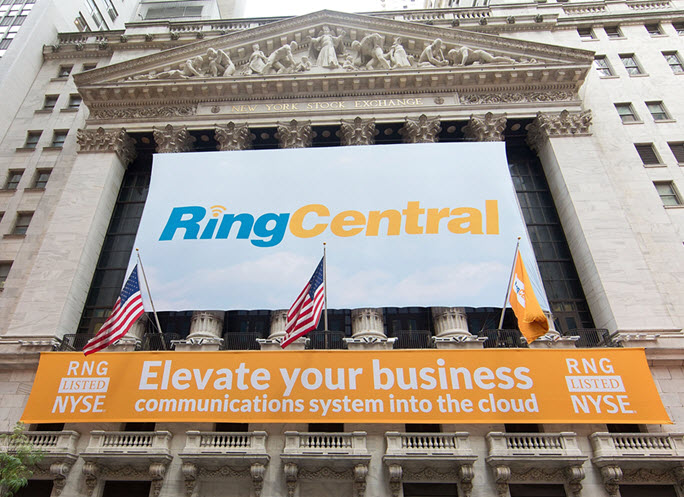The telephone stands as one of the most transformative technological inventions of the 19th century, fundamentally altering the way humans communicate. While many of us are familiar with Alexander Graham Bell’s groundbreaking invention in 1876, the rich history of the telephone is filled with intriguing and lesser-known facts.
In this blog, we explore the top five fascinating tidbits that highlight the evolution and impact of this revolutionary device.
1) The first phone call was between Alexander Graham Bell and his assistant, Thomas Watson.
On March 10, 1876, Alexander Graham Bell made history by speaking into a telephone and proclaiming, “Mr. Watson—come here—I want to see you.” Okay, not exactly as epic a quote as when we first landed on the moon, but just as monumental nonetheless. That first successful phone call sparked a technological boom that would develop into the telecommunications industry that we know today.
2) The first phone book was only 20 pages long.
The first phone book was issued in 1878 and was apparently very short! Since the phone was only invented two years before, it makes sense that not everyone was on board with the new technology yet. Strangely enough, the first phone book also instructed readers to “commence the conversation by saying, ‘Huolla!'”
3) 41% of people under 25 hate when you don’t pick up the phone after you have just texted them.
Most people in the Millennial generation can agree with this pet peeve, and since most workers nowadays come from this generation it is a good fact to know for business communications. It is certainly crucial to keep up on phone etiquette in order to be the best worker possible. If you send a text, then the person tries to call you back right away and you don’t pick up, it could be taken as a sign of avoidance and even rudeness.
4) 50 billion instant messages are expected to be sent each day of 2014.
Yes, we live in a texting culture and this confirms it. Text messaging is one of the best ways to communicate without having to talk. And because 79% of people use texting for business communications, it makes sense that so many would be sent out on a day-to-day basis. Texting has also increased with the rise of WhatsApp and iMessage. Text messaging is the ideal way to get your points across in writing, cater to your business needs, and keep communication short and effective.
5) 5% of people have used a phone booth or pay phone in the last year.
Does that number seem a little high to you? Even though most pay phones have been removed from streets and buildings—and the technology long moved on to features like virtual calls, video calls and IVR—somehow people are still finding pay phones to use! Considering that most people have cell phones, pay phones are mostly used in emergencies when mobile phones are dead (think about all the “call boxes” on the side of the highway that are still around). 5% of the population is still thankful that these outdated booths are still in existence!
Conclusion
The telephone has unquestionably transformed human communication since its invention by Alexander Graham Bell in 1876. From the first historic phone call to the modern era of instant messaging and video conferencing, the evolution of telecommunication continues to shape our daily interactions and business practices. Understanding the fascinating history and surprising facts about the telephone not only enriches our appreciation of this revolutionary invention but also underscores the importance of effective communication. As we move forward, embracing new technologies while acknowledging the roots of our communication systems can help us stay connected and efficient in both personal and professional settings.
Originally published Aug 01, 2014, updated Sep 26, 2024




